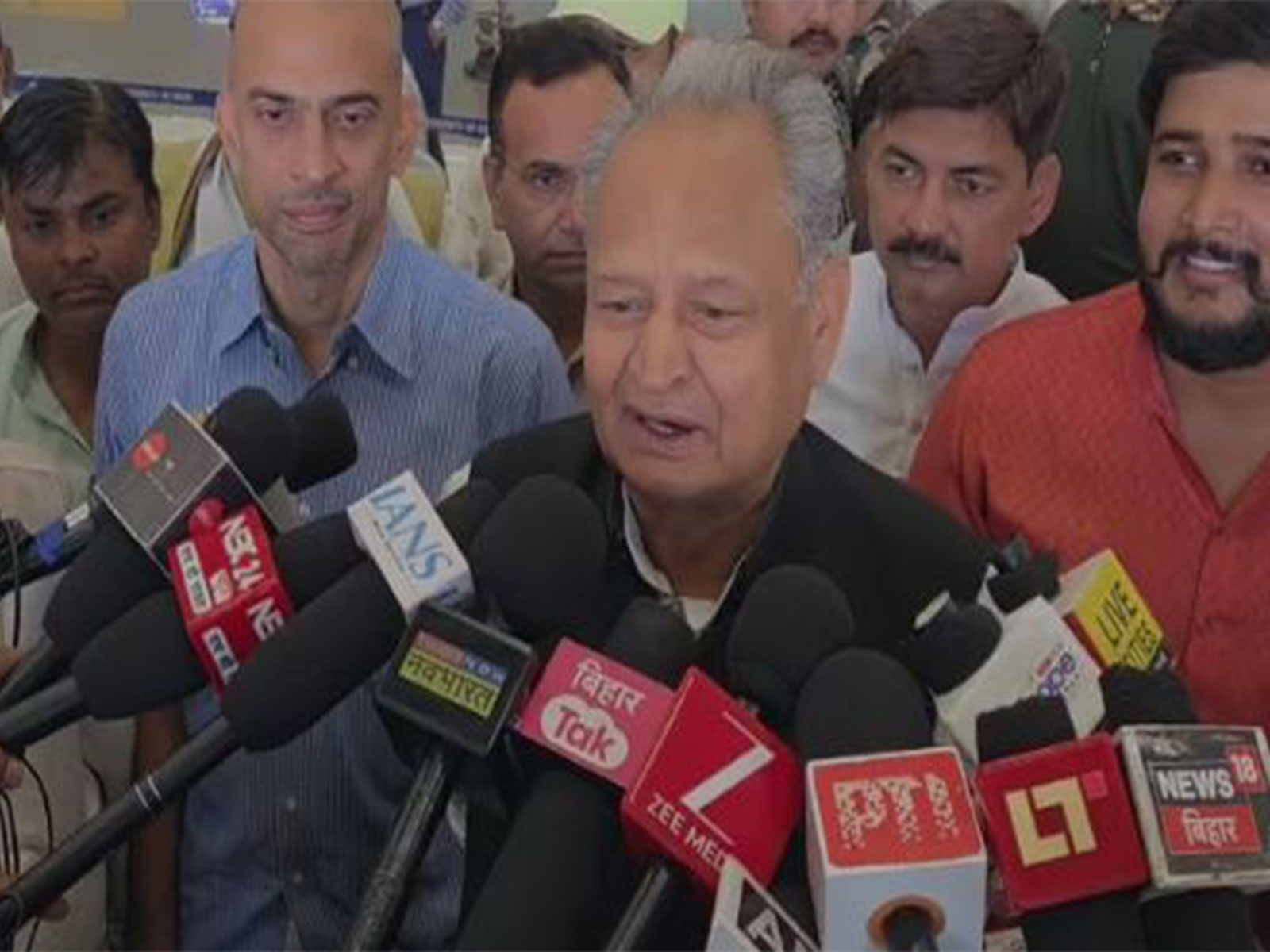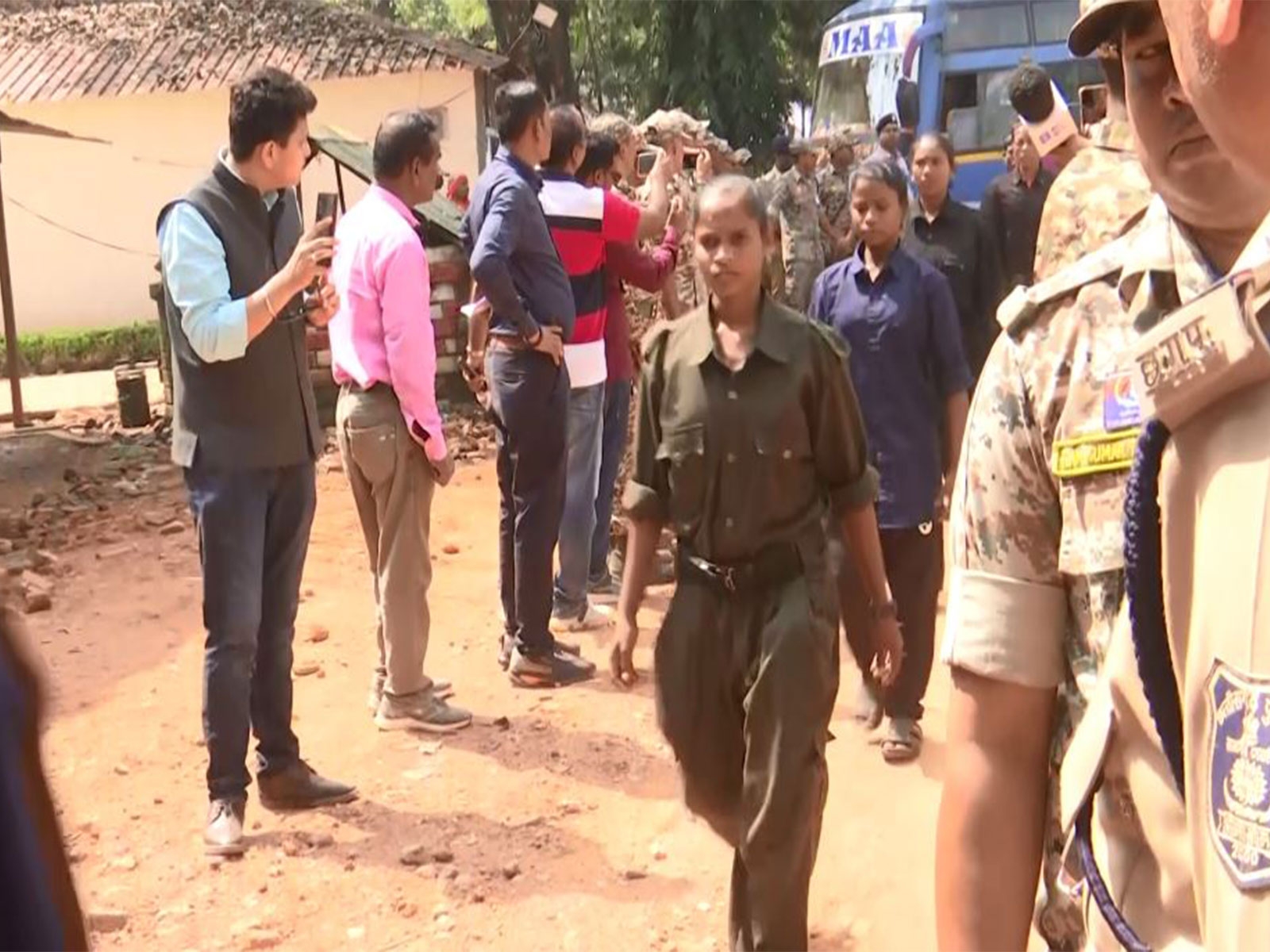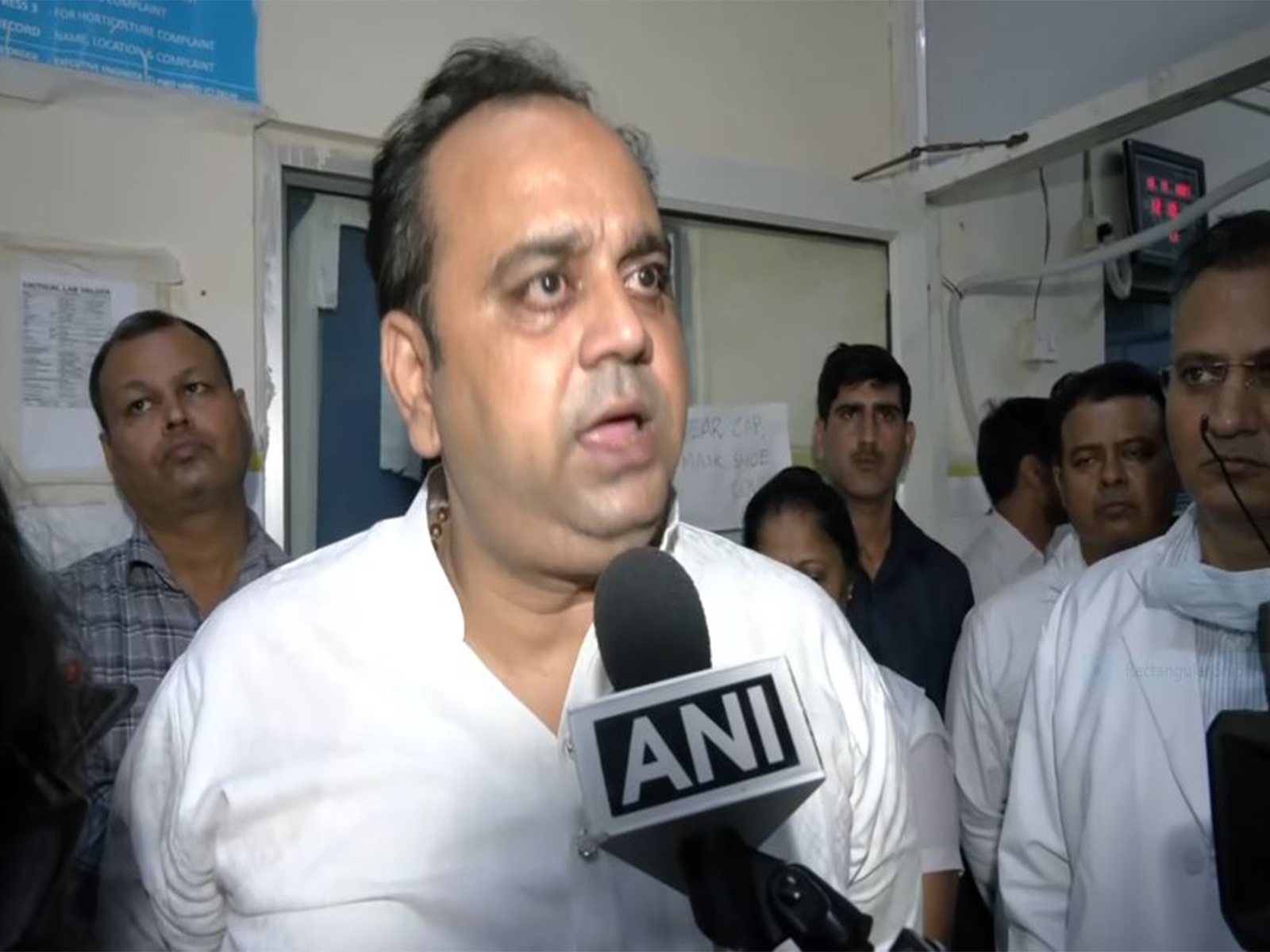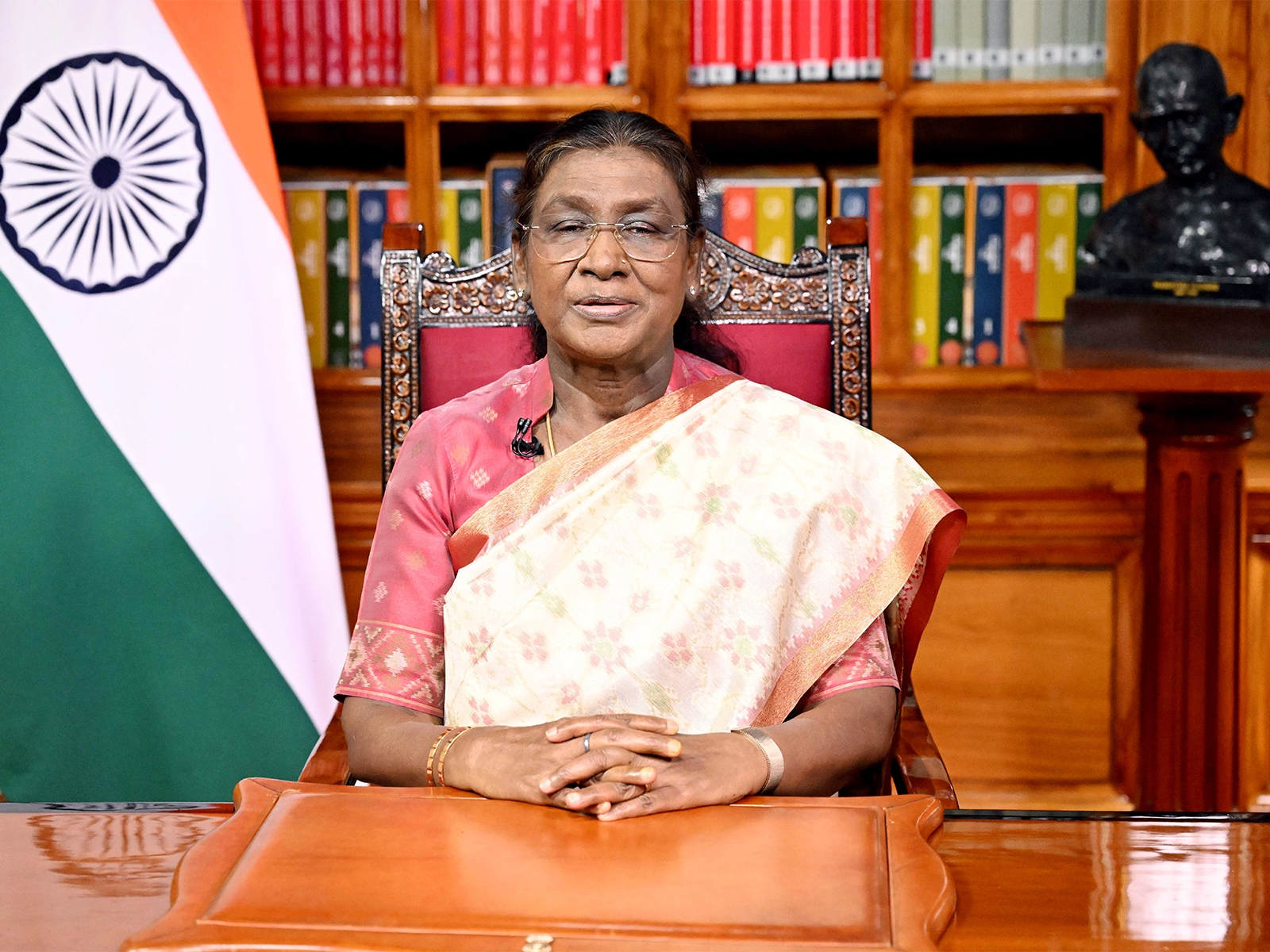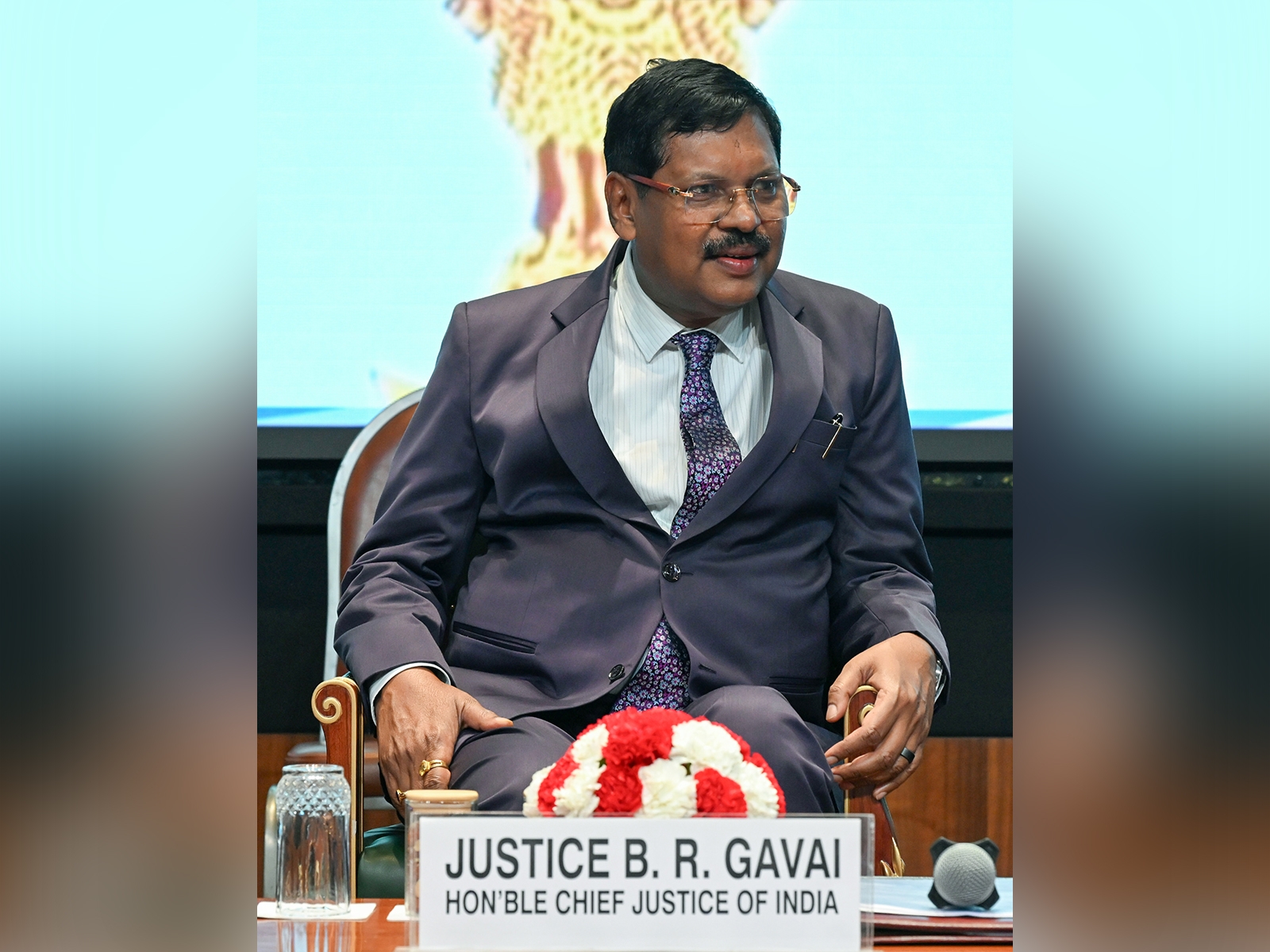Virtual Water: shock figures about the water you use but don't see

One could say the biggest national security threat actually facing India today is the water crisis. Over 70 per cent of India's surface water - in rivers and ponds - is no longer fit for agriculture, let alone human consumption.
The groundwater table is sinking lower by 3 feet every year in some parts of the country. In Vidharbha, there are places where you have to dig as deep as 1,500 feet to get water. The Ganga is polluted, as is the Yamuna.
In fact, 275 rivers monitored by the Central Pollution Control Board can be declared dead because of how polluted they have become.
For much of urban India, pictures of parched earth and poor people walking miles to get a litre of water have become a blind spot.
For city and town-dwellers, who just switch on a pump at specific times each day to have water gushing out of taps, all this seems like someone else's problem.
But a closer look shows how we are all connected with the water crisis. Because hidden in every minute of our lives, there is a water footprint.
You can't see it: it's called virtual water. But its disappearance is a very real and present danger.
Virtual water is the unaccounted water we use every day without thinking. It's India's shadow economy.
Much of the water we use is visible: for drinking, cooking, bathing and washing.
The invisible part is what goes into making industrial and consumer products we use every day - paper, cotton, clothing, petrol.
And food: 92% of the water we use is invisible because it's hidden in our food.
Here are some numbers that may shock. It's an account sheet you may have never seen.
- Of water is what it takes to grow and process one kg of the rice we buy
- In the UK, the average meat-eater uses 2,300 litres more water per day than a vegetarian
- Is how much water is used to produce a single 60-gram egg for your omelette. This includes the grain needed to feed the hens, the water they drink and other cleaning processes
- It's also how much water is required to make a 200-ml glass of orange juice
- Is the amount of water needed to grow the wheat and make the dough for just a single slice of white bread
- It's about how much water would gush out during a four-minute shower
- Is what's needed for a single glass of milk.
- At least 98% of milk's footprint can be traced back to what cows are fed. Plus, one dairy cow can drink up to 87 litres a day
- It's also the minimum daily water requirement of five people as per WHO standards, or just enough to keep five construction workers in Delhi hydrated
- Is what it takes to grow, produce, package and ship coffee beans to make that one cup of coffee to wake your grouchy self
- It's also close to the amount of water that one elephant drinks on a daily basis - and about as much as a standard bathtub holds
- That's what's needed to manufacture one litre of bottled water. So if you imagine 17 bottles lined up, just realise it took 289 litres to get there
- It's also how much a leaky flush uses for a single flush
- Or one-and-a-half tankers' worth is what is used to produce one kg of red meat
- So every time you decide to feed your dinner guests your famous 2-kg mutton curry recipe, know that you've already used 30,800 litres before you've even washed the meat

- Is what's needed to produce the one apple you need per day to 'keep the doctor away'
- It's also approximately how much a camel glugs down in 13 minutes
- Of virtual water is the prerequisite to produce a single 100-gm bar of chocolate, making it one of the worst offenders
- It's also close to how much water is needed to make one-and-a-half kilos of crispy French fries and get it from the farm to the plate
- Is how much every kg of cotton consumes in India
- That's roughly equivalent to the amount you would use to bathe over 409 days, as the average Indian uses 55 litres per bath
- Cotton doesn't usually consume this much water: the global average water footprint for one kg of cotton is around 10,000 litres

- Is what is used to manufacture a regular pair of jeans. That's equivalent to watering your lawn for nine straight hours
- It also equals the amount of water needed by approximately 145 Indians to bathe
- It's also what's needed to make one pair of leather shoes

- Is what's used to produce one car
- It's also the amount of oil that hit the Wei River in China when a pipeline ruptured in 2010, affecting the drinking water of millions
per year
- Is the total virtual water exported out of India through the export of cotton between 1997-2001
- This is equivalent to more than half of the volume of the Bhakra Nangal Dam
- Was the virtual water export of the BPO sector in 2008
- Sounds odd? It's based on studies on the virtual water footprint of each country
- That's also how much water is used by Japan to construct new buildings each year
- Is the amount of virtual water exported from India annually, of which 90% is linked to the export of food products.
- This water is lost because the products will be consumed by another country



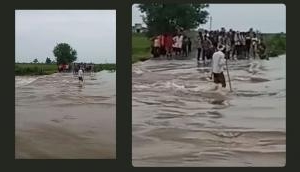
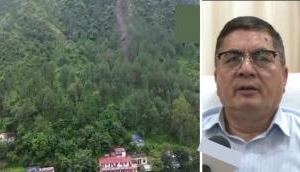
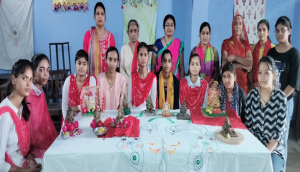

![BJP's Kapil Mishra recreates Shankar Mahadevan’s ‘Breathless’ song to highlight Delhi pollution [WATCH] BJP's Kapil Mishra recreates Shankar Mahadevan’s ‘Breathless’ song to highlight Delhi pollution [WATCH]](https://images.catchnews.com/upload/2022/11/03/kapil-mishra_240884_300x172.png)

![Anupam Kher shares pictures of his toned body on 67th birthday [MUST SEE] Anupam Kher shares pictures of his toned body on 67th birthday [MUST SEE]](https://images.catchnews.com/upload/2022/03/07/Anupam_kher_231145_300x172.jpg)


